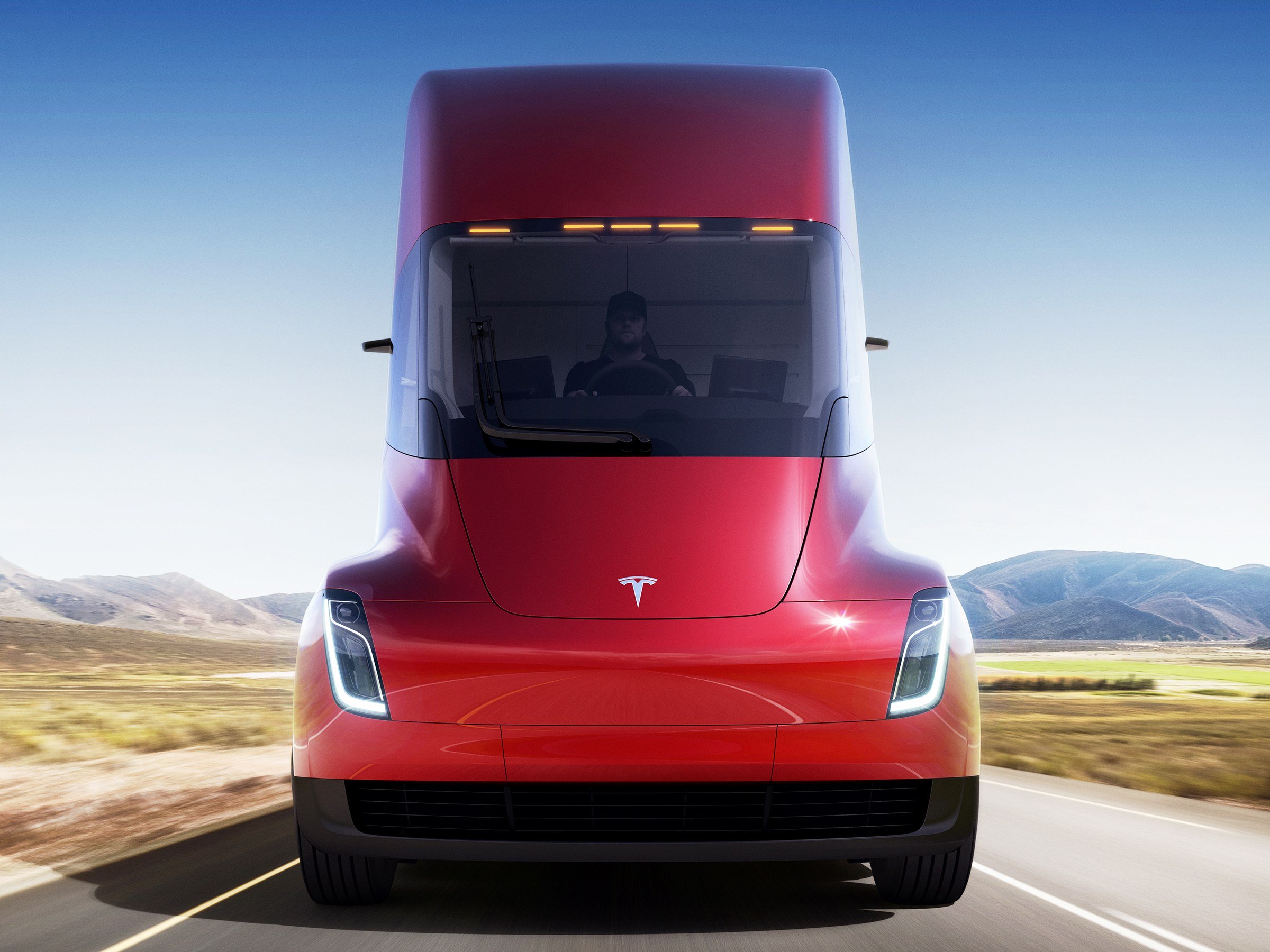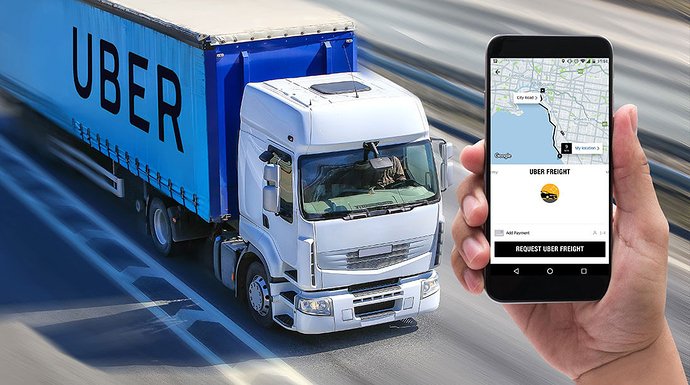
Photo Credit: Wired
As artificial intelligence increases in modernity and practicality, its usage increases across all industries and fields, and trucking is no exception. Society is slowly warming up to the idea of self-driving cars, but self-driving semi-trucks is severely more frightening of a concept. Self-driving semis seem riskier because they’re bigger and more physically intimidating, but the technology is not as different as you might think.
Government Involvement
United States government research facilities have allowed for the testing of self-driving vehicles nationwide. Over 12 states have rolled out programs to test the practicality and safety of self-driving trucks and ultimately the Department of Transportation’s National Highway Traffic Safety Administration (NHTSA) will determine the rules and regulations. This government involvement will limit the extent of biases from specific companies.
Is Autonomous Technology Safe?
One of the main public concerns is safety. Software can often be inconsistent due to bugs and programming errors, and people tend to trust themselves more than a computer. Industry experts are even predicting that once the technology is perfected, this AI opportunity could dramatically increase safety on the roads. Humans make mistakes, and machines are typically much more consistent and predictable since they’re automatic in their decision making.
Additionally, autonomous driving comes with the added benefit of an instant reaction time, eliminating the single largest source of automotive accidents, which is human error. The number of front and back-end collisions will be reduced because this technology will monitor and maintain safe distances between vehicles.
You’re not Giving up ALL Control
While these advancements are coming at us quick, the transition definitely won’t be instantaneous. The switch to self-driving vehicles will most likely happen in smaller pieces incorporated into the current system. For the foreseeable future, automation in large scale transportation vehicles will still be overseen by a living, breathing human. There will be a tech-savvy person in the cab catching any technical errors or insights that need to be handled. This measure will mostly be a “just in case” sort of arrangement.
Theoretically, the truck should be mostly automatic, but it’s important to have a safety net, especially since these trucks will be on the roads with non-self-driving vehicles. Human error is simply something that cannot be planned for or programmed into a software, so the human presence is mostly to account for other drivers on the road and not the truck itself.
Job Security
This component of the process is also important to the livelihoods of truckers everywhere. A big concern with self-driving semi-trucks is that they will put drivers out of work and damage the industry and culture that truckers have built. Since self-driving cars will still have to be monitored and accompanied by actual living people, truckers will be able to stay employed even if their job becomes slightly more automatic.
Decreasing a Driver’s Heavy Workload
One of the biggest problems in the trucking industry right now is overworked drivers. There is currently a national driver shortage that is leading to tired and overstretched days that result in decreased productivity and an increased risk of mistakes and accidents. As mentioned previously, we would be gradually easing into this new era of self-driving vehicles. That would mean that slowly, the workload for truckers would get more and more manageable as we settle into these new advancements. The exhaustion and over-exertion of the job could potentially be a thing of the past.
Companies That Are Making It Happen
There are many companies who want a place at this table. It is projected to be the future of the industry, therefore companies such as Embark and Daimler are starting to invest more and more in recent years into the process. Embark comments that self-driving semis are even more crucial to the future of our roads than self-driving cars. The incredible influence that this technology could have on delivery, productivity and general efficiency in countless industries makes this all a huge potential for profit.
This is an immensely controversial topic. Many fear for what self-driving vehicles mean for safety and job prospects alike. While it’s impossible to truly predict these things until we see them happen in real time, industry experts are optimistic about what it means for drivers and their employers. If this transition goes as predicted, companies can increase profits and drivers will have improved qualities of life, all with the benefit of added safety. Autonomous vehicle testing is already in progress and growth and development of this new and innovative technology is expected to blossom in upcoming years.
At Mission Financial, we’re here to help you start your trucking career with semi-truck financing options. We have amazing rates, customer service, and informative resources that will help you make the smartest decisions when getting started.



